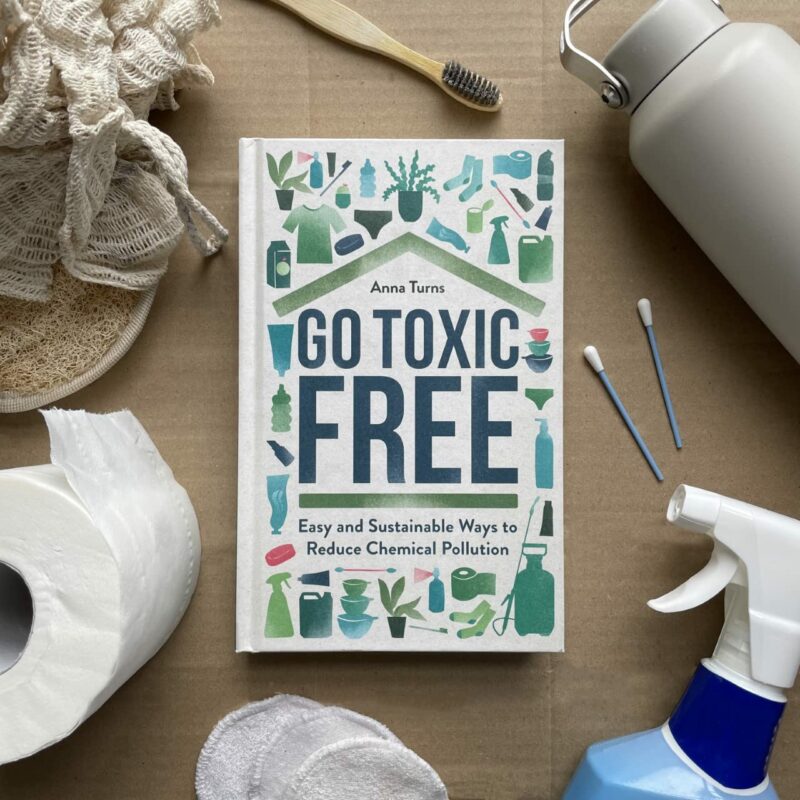While campaigning about single-use plastic pollution a few years ago, it became glaringly obvious to me that not enough consideration was going into what’s inside those plastic bottles and where that all ends up.
Chemical pollution may well be less tangible and less visible than cotton buds on the strandline or disposable PPE strewn along the street, but it’s ramifications are way more alarming from both a human health and environmental perspective.

I set about exploring this subject for a book I’m publishing this week called Go Toxic Free: Easy and Sustainable Ways to Reduce Chemical Pollution (£14.99, Michael O’Mara). In addition to speaking to scientists around the globe and distilling the latest research into simple, practical tips, I also had my house dust and blood tested for persistent organic pollutants. Some of the results were quite shocking and you can hear more about these findings in this BBC Radio 4 episode of Costing the Earth that I presented in November, or indeed in the book. The crux of the matter is that many of these highly hazardous chemicals persist for generations, even after they have been banned.
Now, even 60 years after American environmentalist Rachel Carson published Silent Spring – a wake-up call to the world about the effects of DDT and other agricultural chemicals – we’re faced with the same problems and, of course, much more foresight urgently needs to be applied to regulations, but we can also feel more empowered in the decisions we make as conscious consumers. Often, no product might be better than a less toxic one. So less is more and we all need to avoid the tempting marketing lingo and vote with our pounds.
Five ways you can reduce chemical pollution:
- Join the dots. Think about how something has been manufactured and how it will be disposed. Where will it go once you’ve finished using it? Use smaller squirts and dollops of products wherever possible. Be resourceful in every way.
- Reduce your toxic load. Chemicals are used in every room of your house and garden – by assessing each one methodically you can make small changes in each that dramatically reduce your toxic footprint overall.
- Ask more questions. Be more curious about labelling. Request more information from manufacturers, look for proof of any obscure claims, ask for full ingredients lists if they’re not available. Hold companies to account publicly via social media, write letters or emails, or sign up to campaigns. Just don’t be silent.
- Stay vigilant. Don’t get duped. Be aware of greenwash and avoid the common pitfalls. Some things are just clever marketing ploys. Download an eco-conscious shopping app so you can quickly decipher labels, verify claims and make better choices.
- Consider price in terms of value. If something is cheap, someone or something is paying the price for that somewhere along the line. Invest more in things that will last and that have been designed with end-of-life in mind. Buy less but buy better.



